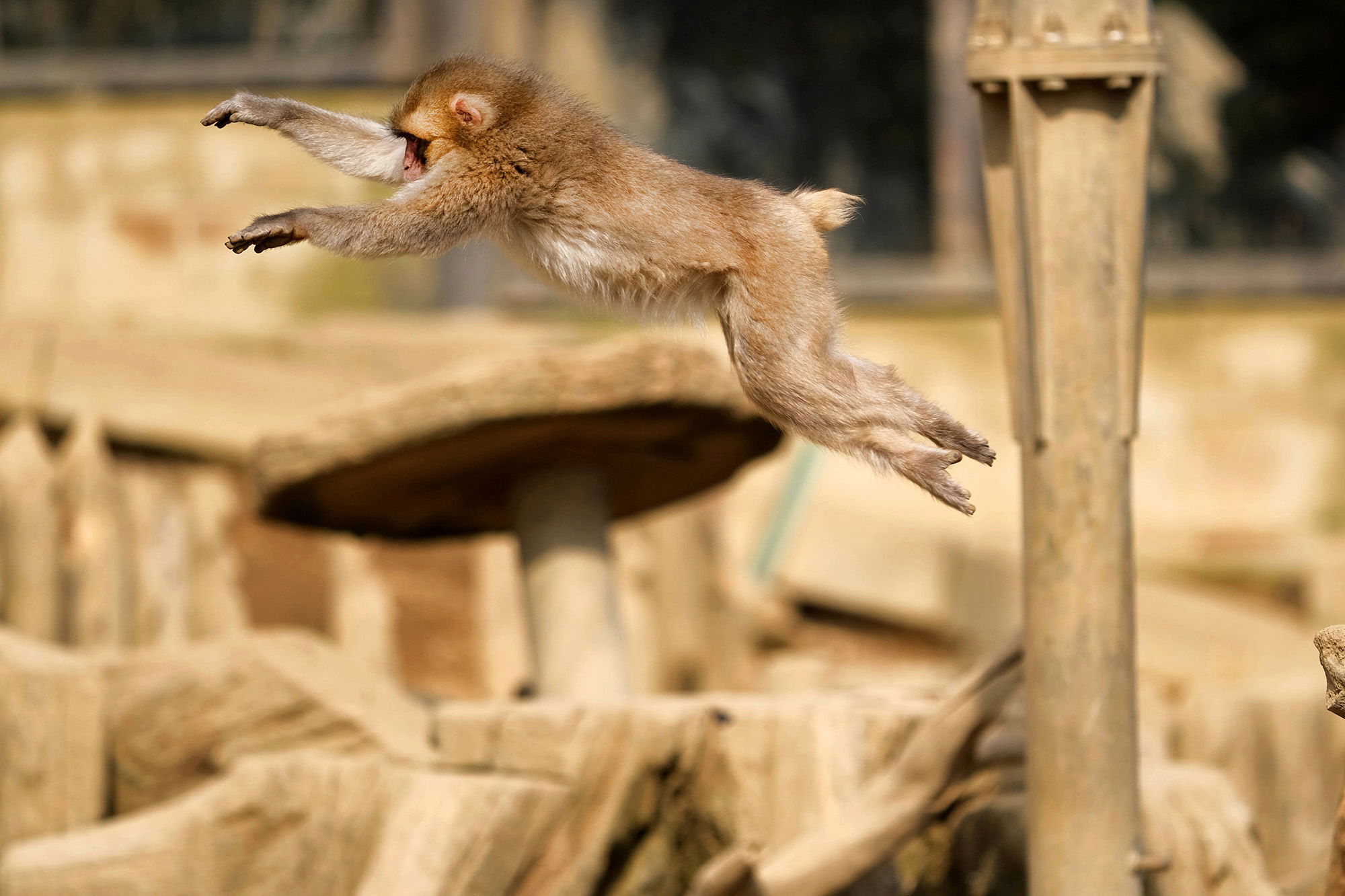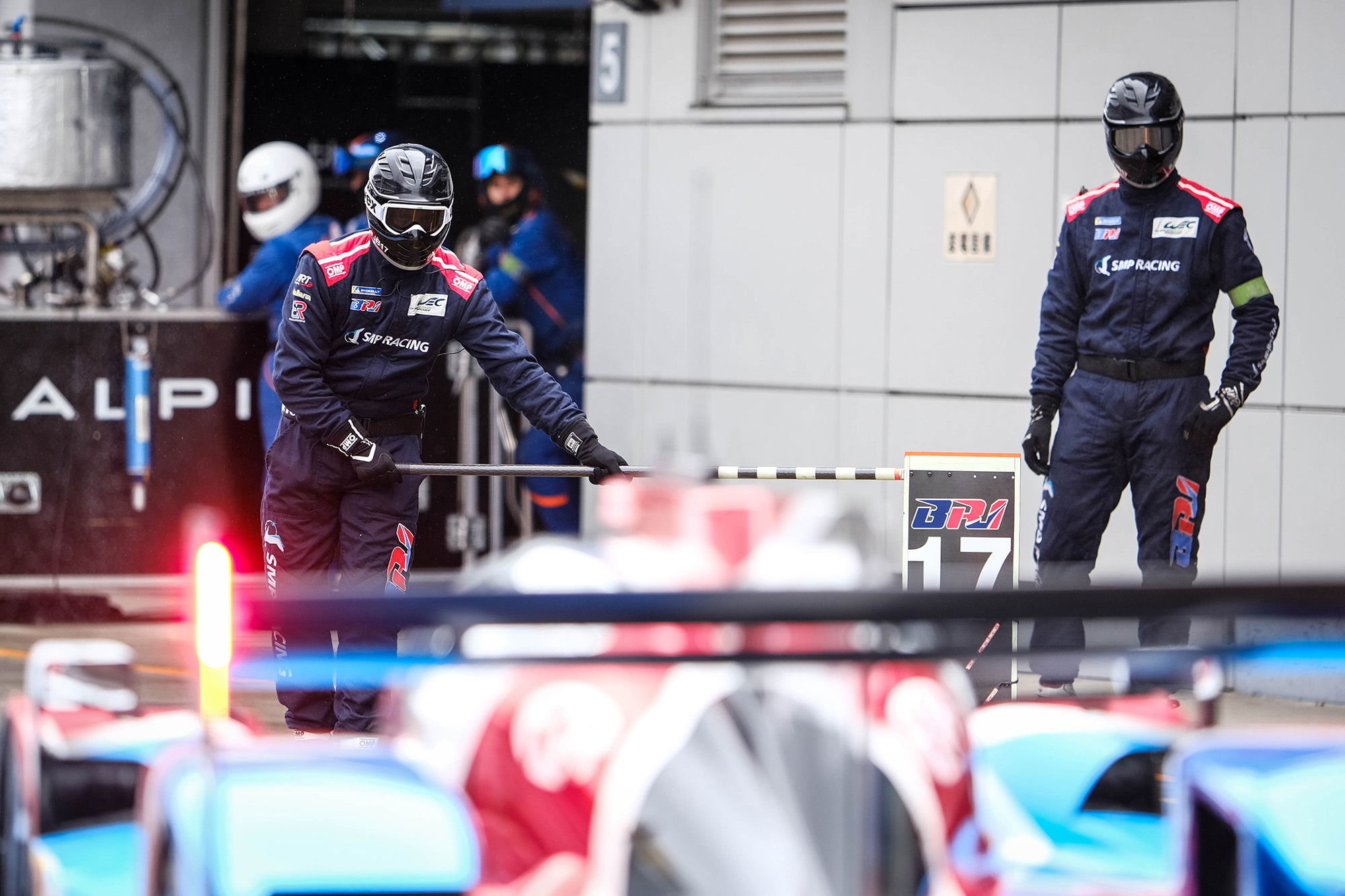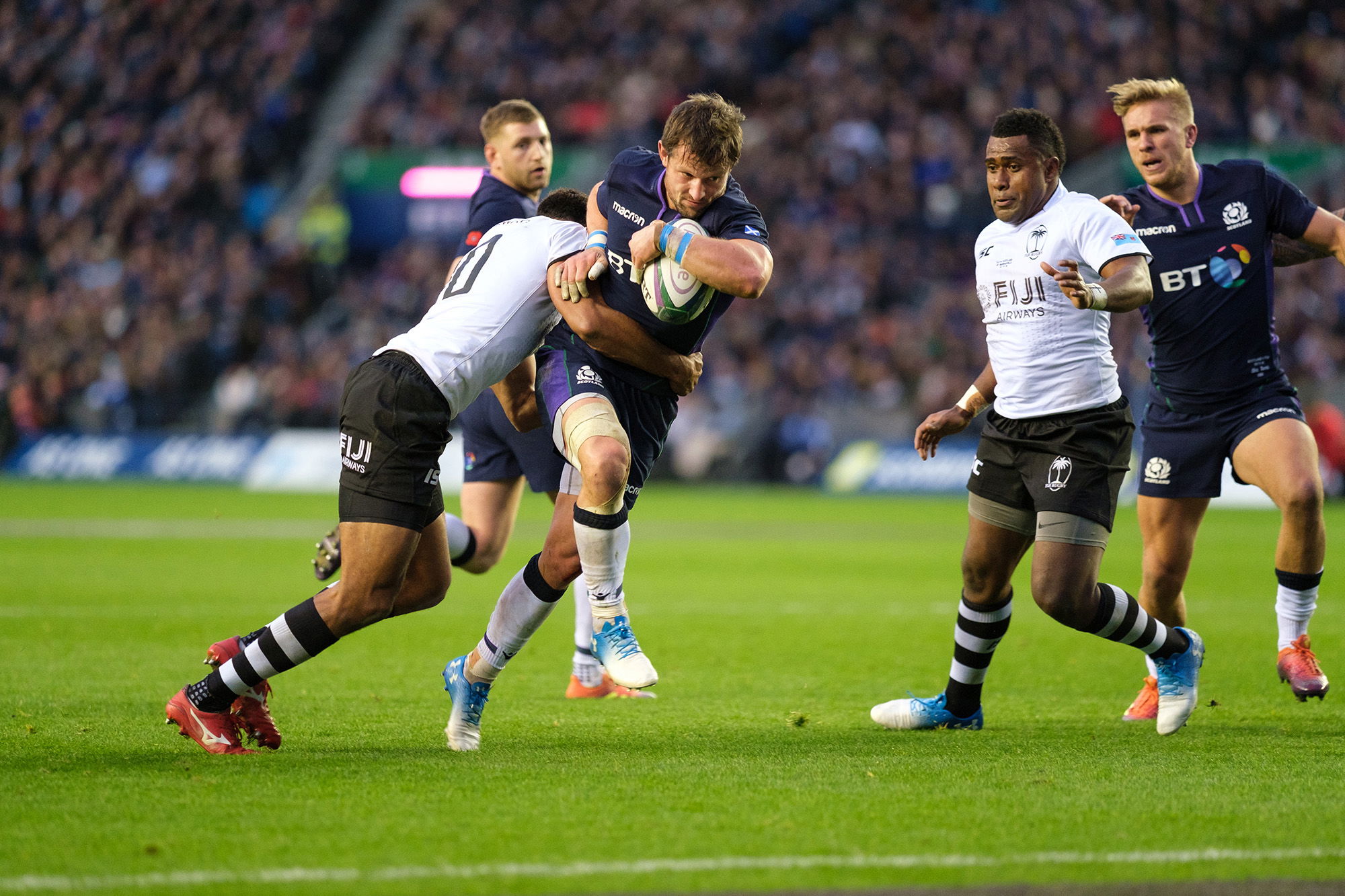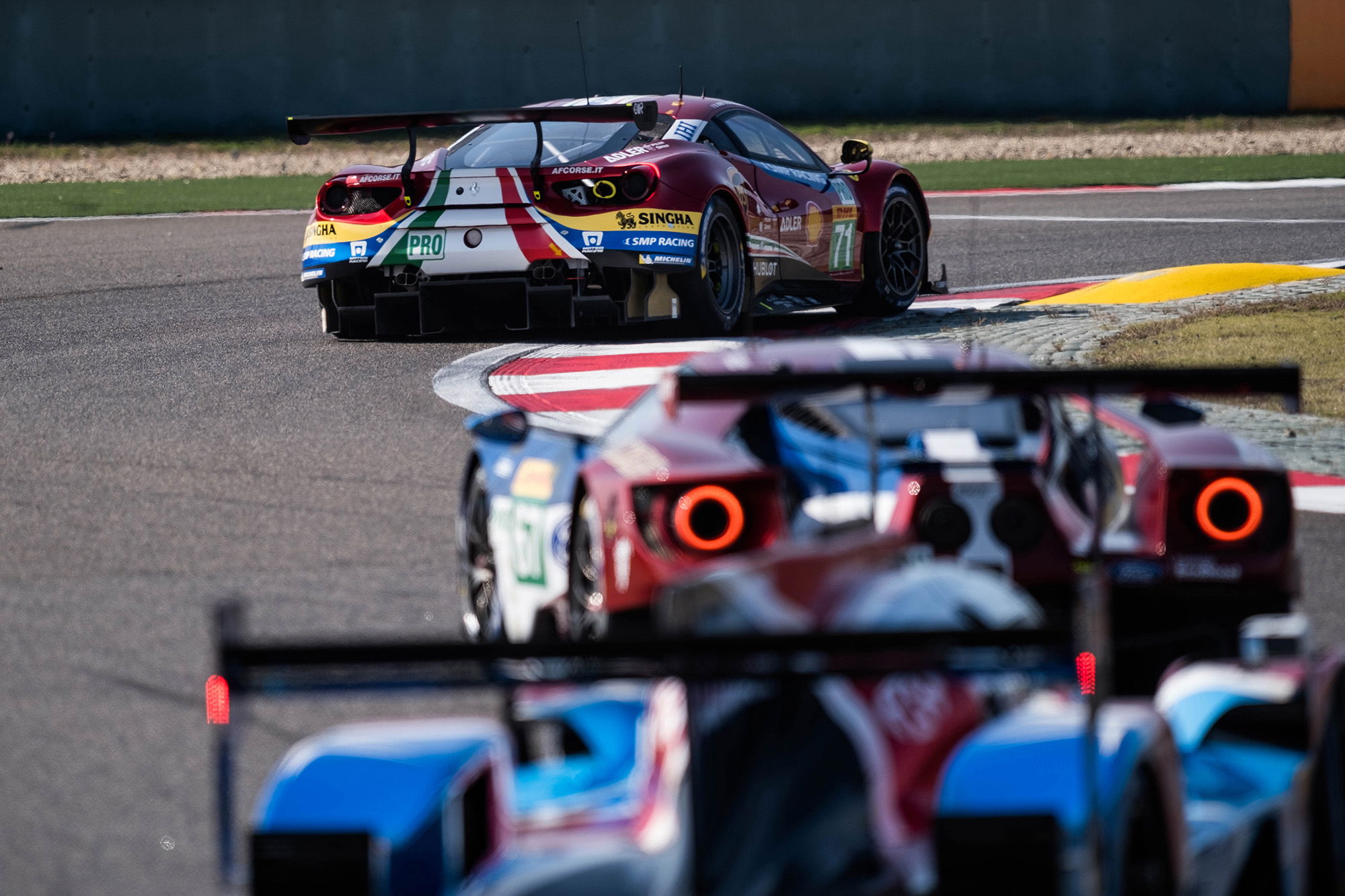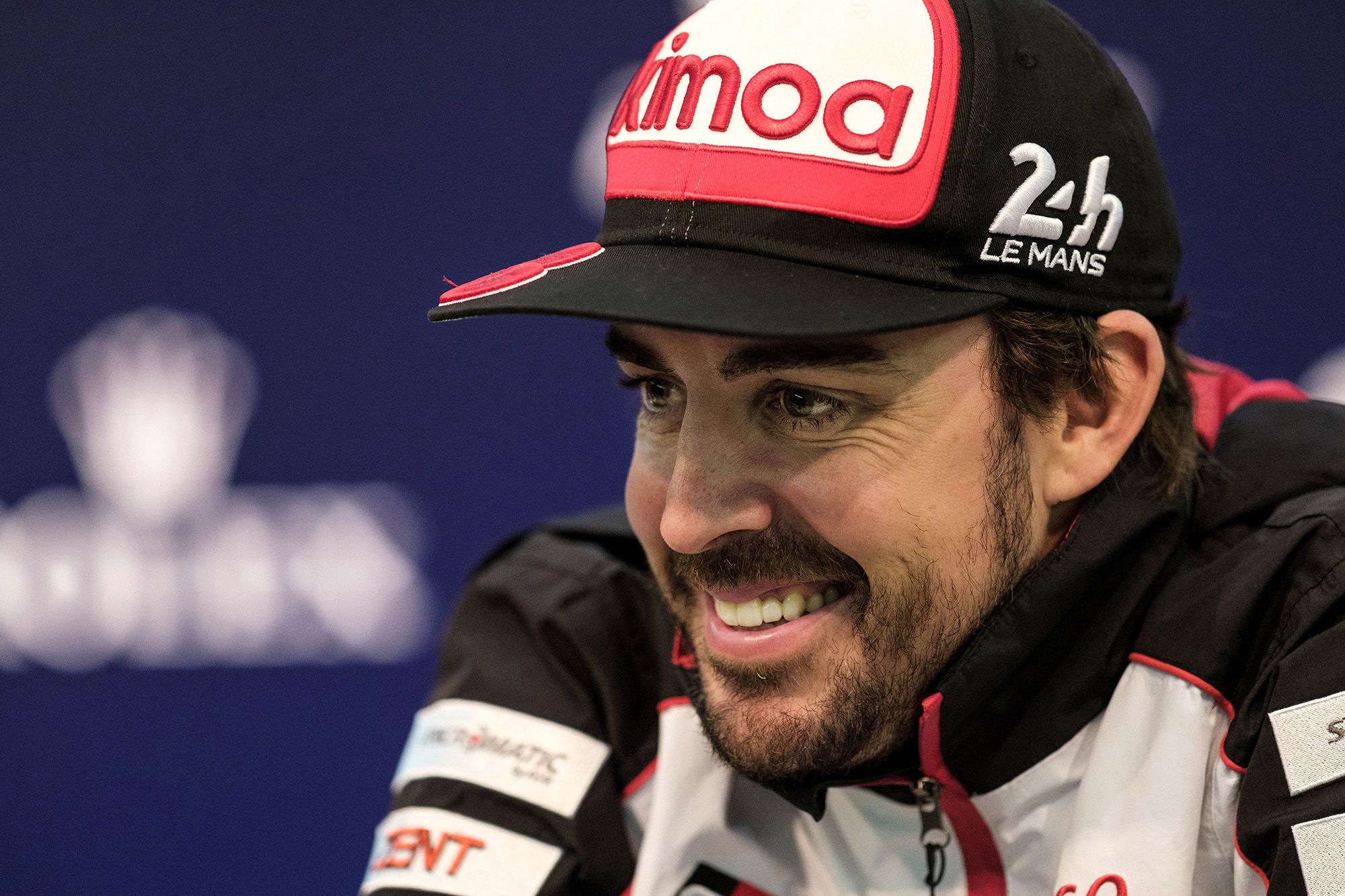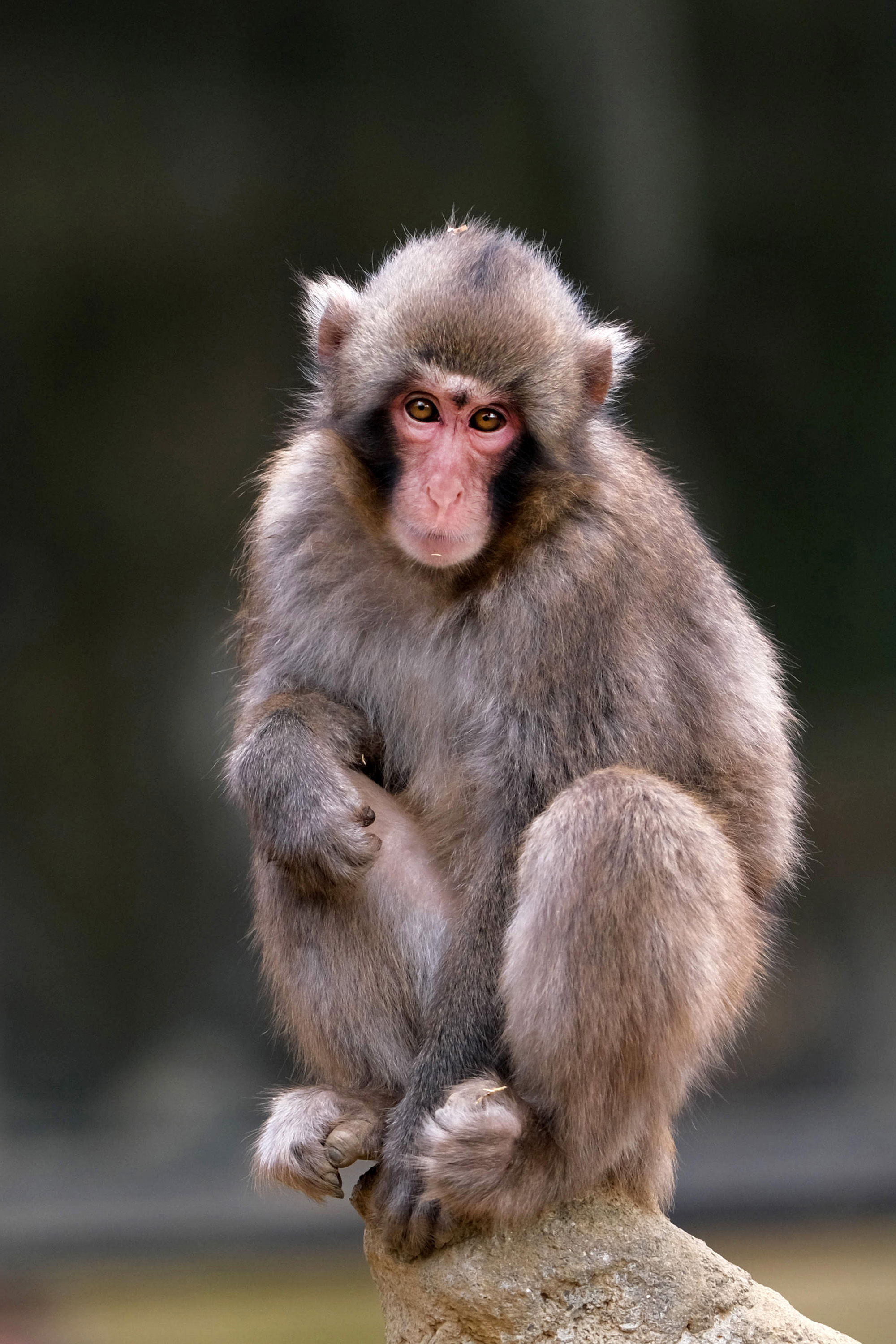As someone who was an early adopter of the X Series back in 2012, and has used every version of the X-T, X-Pro and X-H series of cameras, I can honestly say the FUJIFILM X-T3 is the best yet. I have been using the X-T3 since its launch and over the past few months I have come to appreciate the significant improvements that the camera offers for my work as a sport and wildlife photographer.
The X-T3 builds on the solid groundwork laid by the X-T2 and is another great example of Fujifilm’s ethos of kaizen or continuous improvement.
ERGONOMICS
The ergonomics of the X-T3 will be very familiar to anyone who has used an X-T2 or X-H1, but it features some improvements which are extremely welcome.
For me, it is little things that make such a big difference. For example, the exposure compensation dial has been moved further in on the top plate, meaning it is less likely to get knocked off the setting I have selected while the camera is hanging by my side. If the compensation dial gets knocked it is, at best, very annoying and, at worst, I could potentially lose a vital shot because the image is either very light or dark.
The other dial that has been changed is the diopter adjustment, which now pulls out and turns to adjust. This is another item that was easily knocked on the X-T2 and, as someone who uses the EVF to check focus and exposure, it is vital that the image in the EVF is sharp when I put the camera to my eye.
AUTOFOCUS
The big difference between the previous generation cameras and the X-T3 for my work is the improved autofocus system thanks to the new X-Trans 4 sensor and X Processor 4 CPU. This is not to say that the X-T2 or X-H1 are bad cameras when it comes to AF, it is just that the X-T3 offers significant advantages for photographers who rely on fast and accurate autofocus.
The back illuminated sensor has four times the number of phase detection pixels and these are distributed across the whole sensor rather than in the middle, as on the X-T2. Now, I am not technically minded, I just know that the AF works in all lighting conditions and is quick and accurate. The AF will lock onto and track a bird in flight or a race car travelling at 175mph, and that is what I need.
Another feature on the X-T3 that has become something I use now on a regular basis is the face and eye detection system. I rarely used this feature on the X-T2 because it was always a bit hit and miss, but now the system has been improved.
When shooting in a press conference situation or in the pit lane the ability to lock onto a driver’s eye quickly and accurately is a real bonus. With the X-T3 I really trust the AF to be locked and accurate. It even works with the drivers or pit crew wearing a helmet, it is that good!
The ability to lock onto a subject and ignore obstacles that get between the camera position and the subject is something I welcomed when the X-T2 was launched with this feature. For team sports, such as rugby, this custom AF function is very useful. The X-T3 takes this a stage further and I found the amount of useable images significantly increased during the two rugby internationals I covered at Murrayfield in November. The AF would stay locked onto the player with the ball even if another player, referee or the posts got in the way.
LARGER SENSOR
The larger size of the 26.1MP X-Trans 4 sensor is welcome but, for me, the increase of 2MP over the previous generation sensor is not so much about headline size increase, but the ability to crop the image in post.
When you shoot fast moving sport the framing of the image is usually not 100%, so the ability to be able to crop to improve the composition and still have a very large image is very useful. Those extra 240 pixels on the long edge of an X-T3 image over the same picture taken on an X-T2, is very welcome in this respect.
ISO
The X-Trans 4 sensor certainly has the edge on the previous generation when it comes to high ISO – I will push the new sensor to 12800 if necessary without hesitation. When shooting action at a high shutter speed to freeze the movement, it is better to have a noisy image than a blurred image.
When shooting under floodlights, the fast aperture on the new XF200mmF2 lens certainly helps to keep the shutter speed to an action freezing level while allowing the ISO to be kept to the lowest level as possible, but it is good to know that the X-T3 can be pushed if needed.
ELECTRONIC SHUTTER
The ability to shoot at 30fps is not something I would use very often but the ability to shoot silently is very welcome. For a sports photographer shooting golf or tennis, where any noise during the back swing or serve will get you swiftly ejected from the event, a useable silent shutter is like the Holy Grail.
The problem with Electronic Shutter is the rolling shutter distortion when shooting fast moving objects and with the X-T2 / X-H1 I wouldn’t shoot any sport with it for fear of losing a critical shot due to the distortion. Now the Electronic Shutter on the X-T3 is a vast improvement on the previous generation of X Series cameras. It is not perfect but it is a lot more stable and less likely to give weird distortion.
VIDEO
I am shooting more and more video for my clients and the X-T3 wins hands down in this respect. The lack of IBIS will have some people gravitating towards the X-H1 but I either shoot videos with the camera strapped to a tripod / monopod or I have the camera mounted on the DJI Ronin S gimbal, which provides much better stabilisation than IBIS.
The 4K 60fps 10bit internal recording ability of the X-T3, coupled with little improvements like putting a head phone jack in the body rather than on the grip, make the X-T3 a very capable video camera for filming driver interviews, press conferences and editorial pieces that I have to provide for my clients.
CONCLUSION
While there are plenty of other features that I haven’t covered in this article, these are the main items that make the X-T3 the best X Series camera to date, for my work.
Sometimes I have to remind myself that the X Series system is only seven years old and, when you compare the performance of the X-T3 to the X-Pro1 or X-T1, the difference for shooting sport is staggering. I look forward to seeing what further innovations Fujifilm can provide us with in the future.


